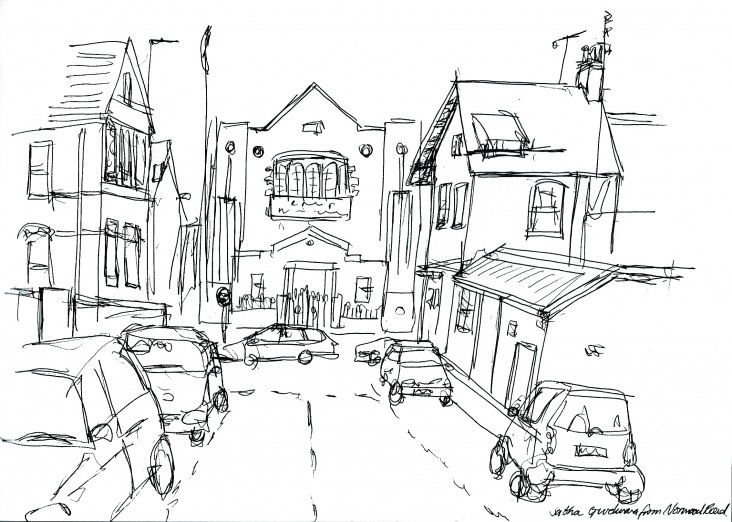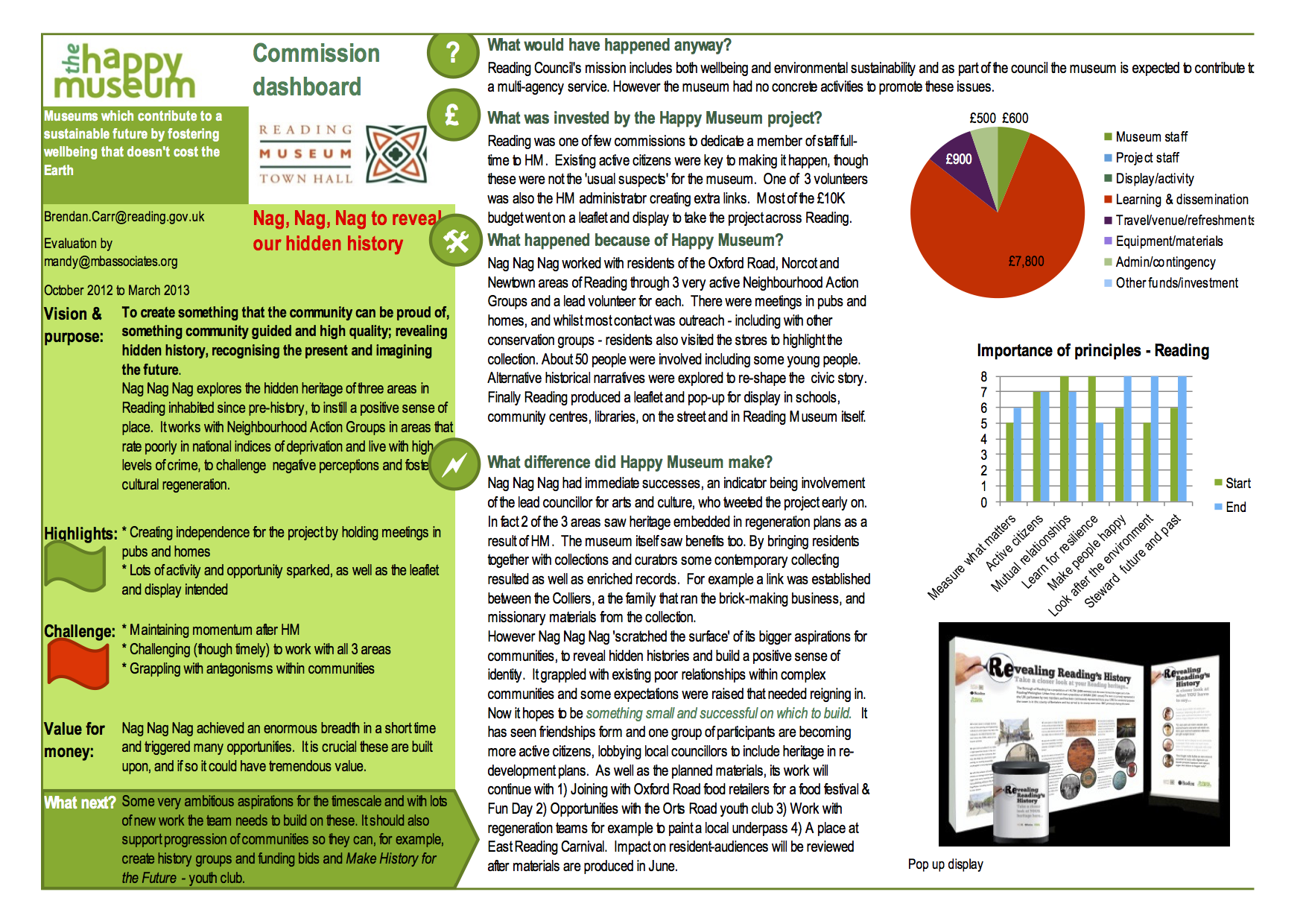Revealing Reading’s Hidden History – Reading Museum

Reading Museum, Revealing Reading’s Hidden History, October- March 2013
Residents of the Oxford Road, Norcot and Newtown areas of Reading joined the ‘Reveal Our Hidden Histories ’ project to explore the hidden heritage of their areas, and to instill a more positive sense of place in Reading.

From 1946 some 200 people occupied old army huts at Ranikhet Camp due to housing shortages. Here a young mother receives a delivery of fresh bread from the nearby Grovelands bakery
The project drew on alternative historical narratives of clay excavations, red brick heritage, manufacturing and recent social history to shape remarkable civic stories.
The project acted as a catalyst for exhibitions in schools, community centres, libraries, on the street and in Reading Museum itself. By working with three very active Neighbourhood Action Groups the project challenged negative perceptions of neighbourhoods that rated poorly in national indices of deprivation and crime.
Read all about the project in the Case Study – Engaging with Vulnerable Communities and check out their first and second project updates and a blog about the Oxford Road Fun Day.
The museum went on to develop their ideas with a new project – Where’s Reading Heading which looked at the past, present and future development of Reading. It sought to provoke debate about how Reading will sustain a growing population and build a successful low carbon economy whilst ‘Narrowing the Gaps’ between different sectors in it’s communities.
Brendan Carr wrote a great piece about the projects – Can Social History Make us Happy which appeared in the 2015 Social History Curator’s Group Journal.
Evaluation
The project mission was to create something that the community can be proud of, something community guided and high quality; revealing hidden history, recognising the present and imagining the future. We explored the hidden heritage of three areas in Reading that have been inhabited since pre-history, to instill a positive sense of place. We worked with Neighbourhood Action Groups in areas that rated poorly in national indices of deprivation and live with high levels of crime, to challenge negative perceptions and foster cultural regeneration.
Highlights included creating independence for the project by holding meetings in pubs and homes and in addition to the leaflet and display that we produced, lots of additional activity and opportunities were sparked.
Challenges included maintaining momentum after our Happy Museum commission ended. It was challenging (though timely) to work with all 3 area groups and sometimes we found ourselves grappling with antagonisms within communities.
Evaluation

Extract from the full Happy Museum Evaluation Report 2014

